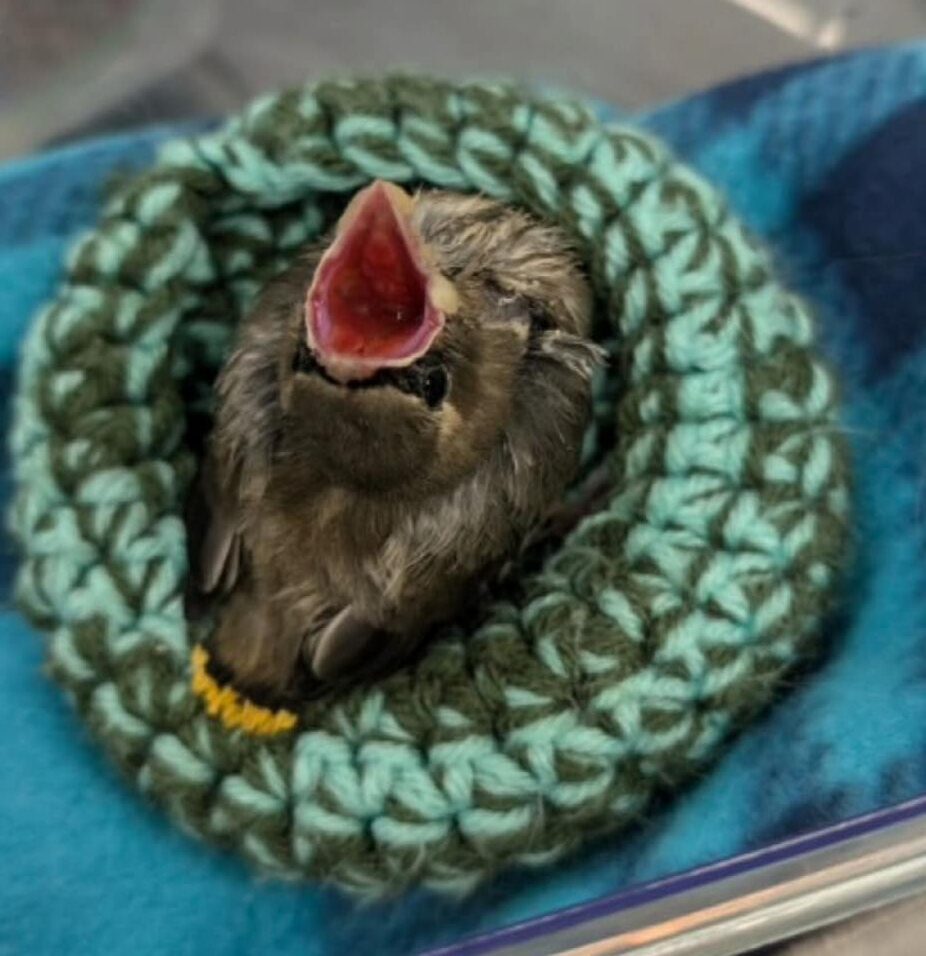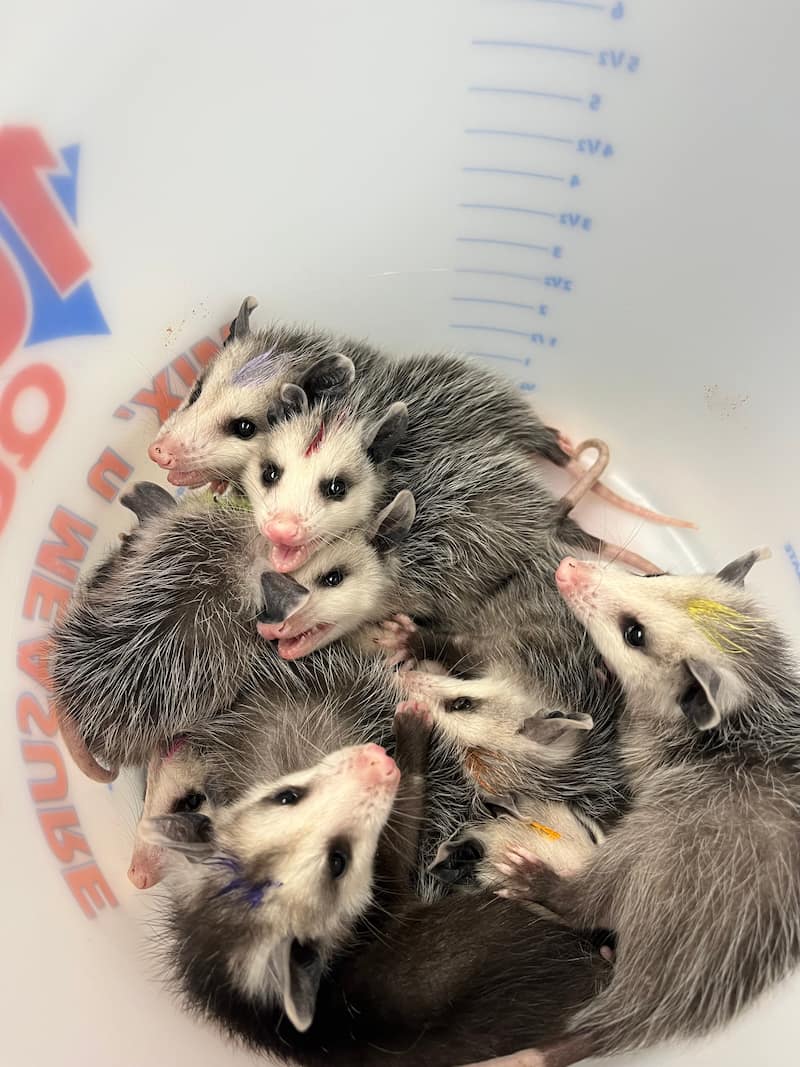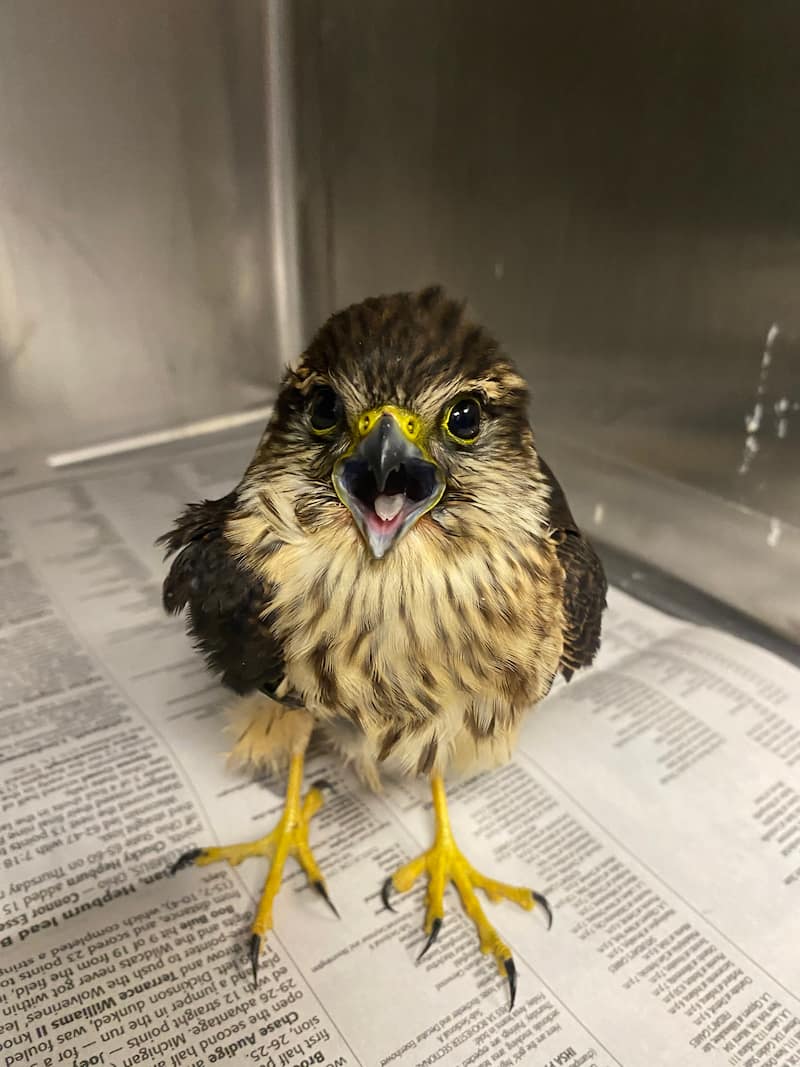Wildlife photography is more than just sitting in the woods with your camera, hoping that something cool will walk past for you to photograph. There’s a whole different aspect to it that not many realize. It takes planning, knowledge of the environment around you, early mornings, and a LOT of patience. To me, there’s no better feeling than being pressed up against a tree, blending into your surroundings, and listening to the sound of nature go by undisturbed.
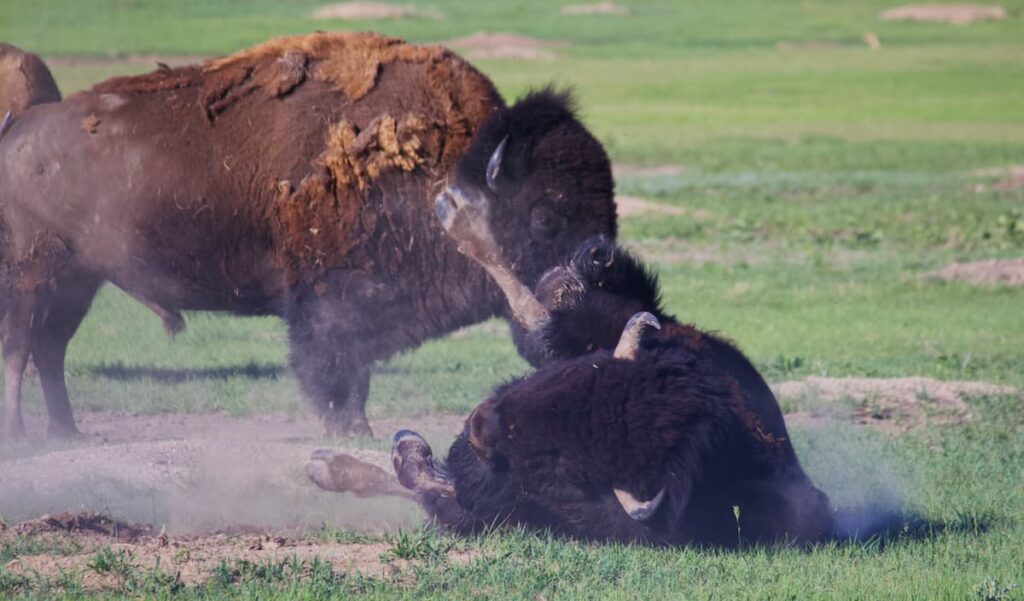
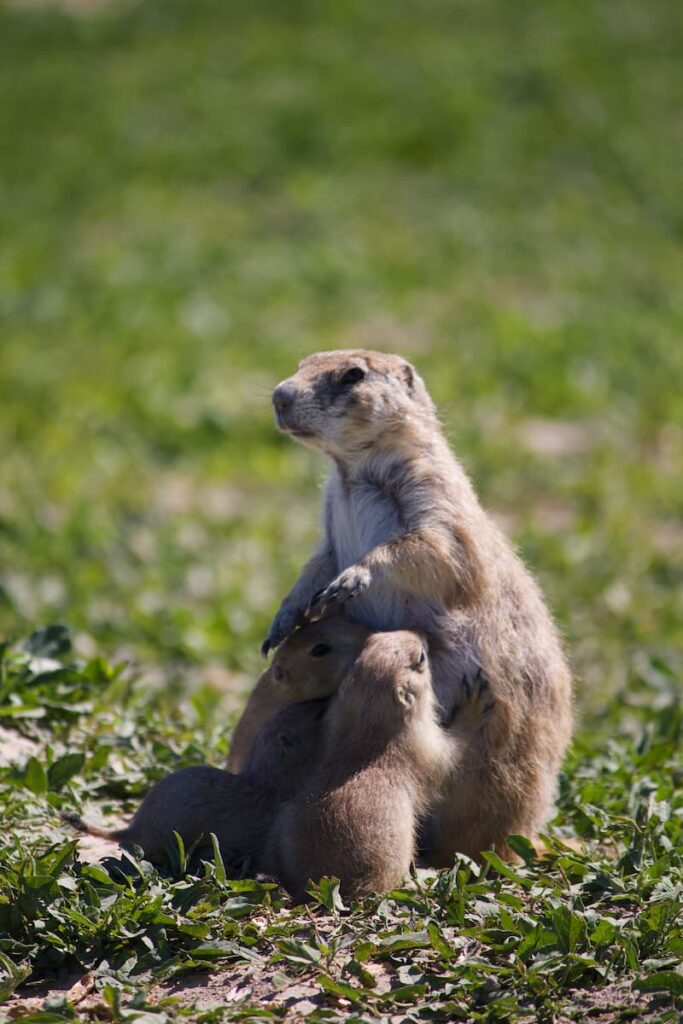
When I was a kid, one of my favorite things to do was go to the zoo and take pictures of the animals. I loved pretending like I was on some sort of crazy expedition, visiting all the continents in the world and finding these animals in their natural habitats. My uncle, who also had a passion for photography, got me my own camera on my 13th birthday. I didn’t put that camera down for months. I would take regular trips to the forest preserve near my house and turn over every rock and log I found, hoping I would catch a glimpse of something cool that I could take pictures of. Doing that every single day made me incredibly familiar with the forest around me. I knew every trail, every tree, and even knew exactly what time and where I could find a group of deer drinking water from the creek. When I was in college, one of my favorite stress-relievers was to wake up early and go on a short hike before classes started. I found myself gaining a similar familiarity in those forests, slowly learning how that forest operated. I could tell you exactly where the best place was to find woodpeckers, a lonely red-tailed hawk, and a flock of wood ducks. I started to venture out not only to go hiking, but to see if I could capture the essence of nature around me with the lens of a camera. I would wake up at 4:30am, change into camouflage clothing, grab my camera and tripod, and head out to set up my equipment. Once I was settled and where I wanted to be, I had to wait for the nature around me to forget I was even there, leaving me invisible and exposed to every element of the ecosystem around me. I would sit for hours, waiting, and waiting, and waiting.
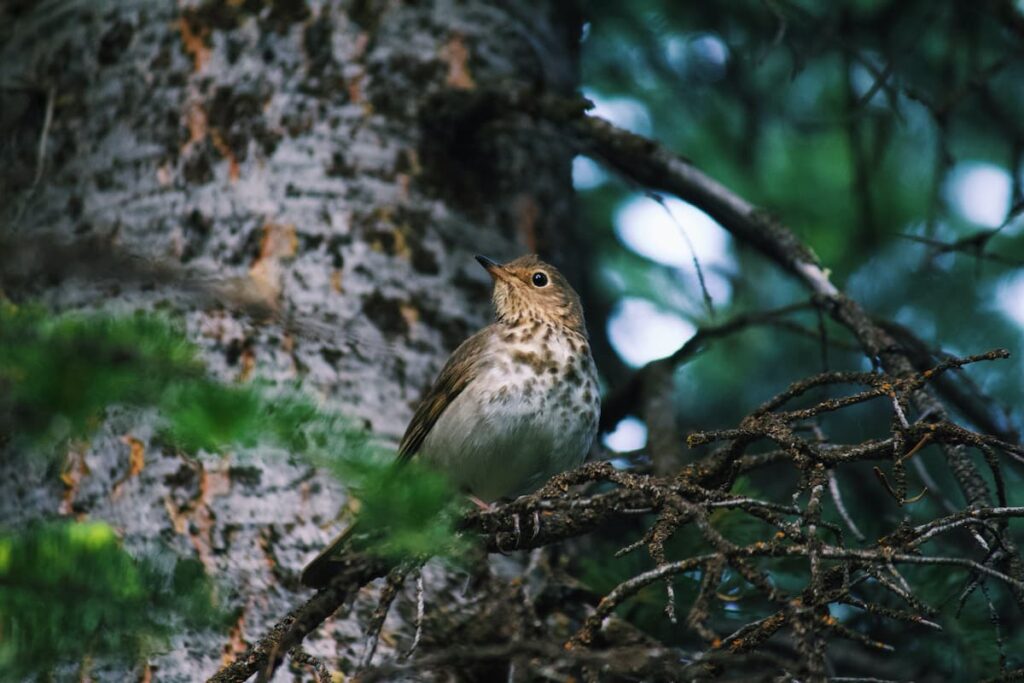
Remember when I said that wildlife photography takes a lot of patience? Boy, do I mean it. Sometimes I would wait for five hours without a single squirrel or rabbit in sight! However, this was certainly not time wasted. The more time spent in nature, the more I learned about the habits of the individuals and species around me. I started to pinpoint what time of the day I could anticipate seeing a certain species or group. I could track the changes of the forest with the seasons. I could even see how a forest responds differently to certain changes in the weather. Experiencing nature in its pure form is one of the most powerful feelings in the world. When I would finally get a glimpse of the animal I was hoping to see that day, all that patience and learning had paid off. At that point in time, when it seemed I had mastered being invisible to my surroundings, I could watch the natural world unfold in front of my lens.
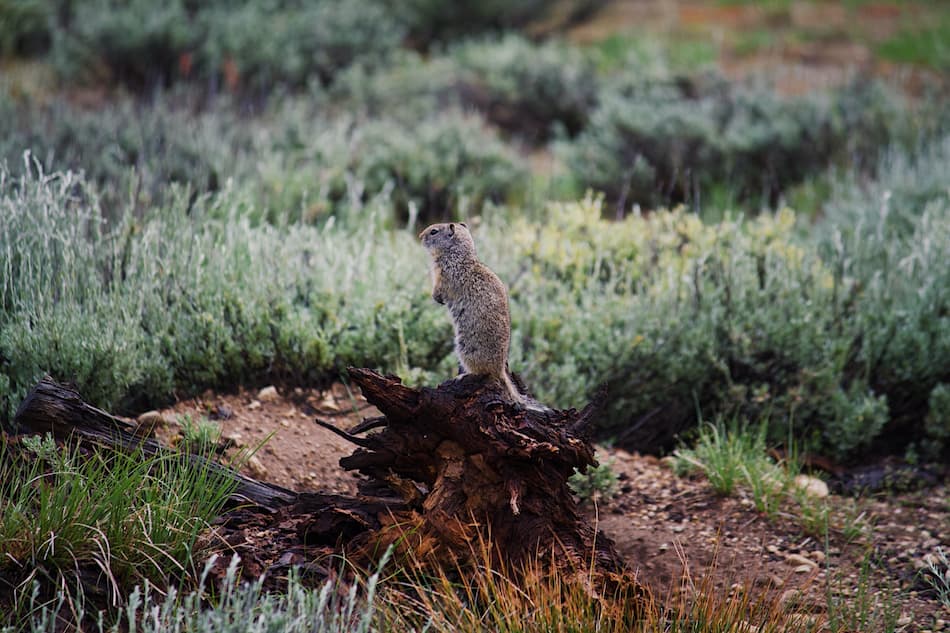
I started to take my hobby further and travel to a multitude of national parks, taking my camera everywhere I went to see what I could find in America’s finest ecosystems. I spent a lot of time studying where I could find certain species and their habitats. Just learning and reading about these different environments allowed me to track down moose, elk, bears, and beavers that I have captured through the lens of my camera. Wildlife photography is something that exposes others to nature that they may not have otherwise experienced, which has huge implications on wildlife conservation. Being able to share my photos and educate others on the importance of conservation allows them to become familiar with the challenges that these animals face every day and, hopefully, inspires others to get involved in saving a certain ecosystem or species.
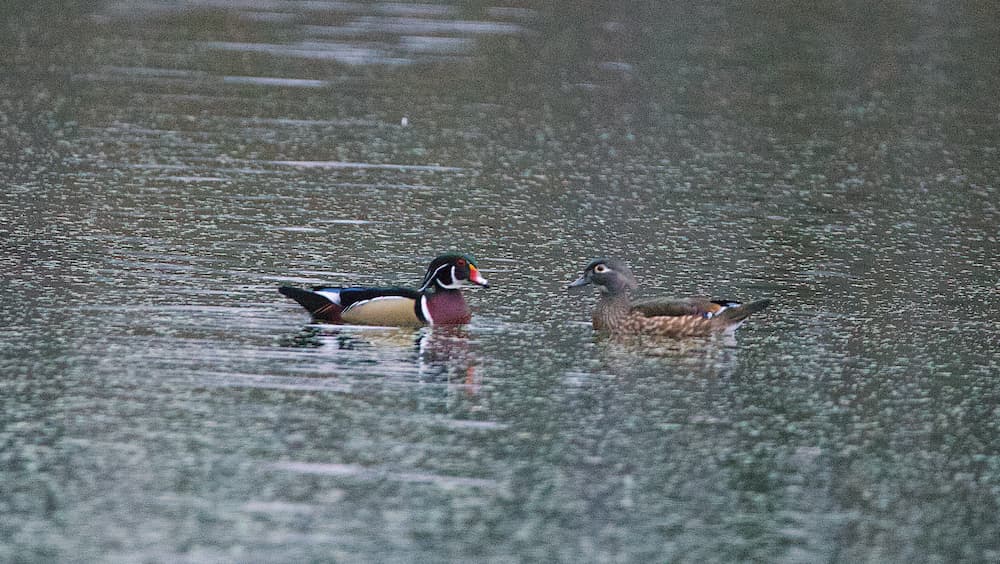
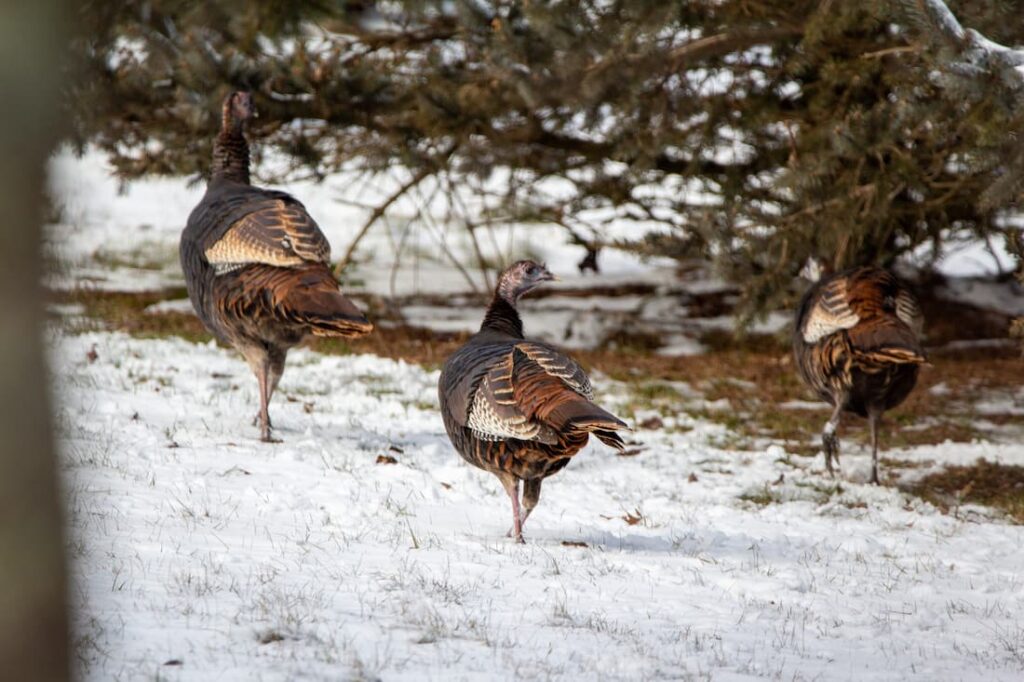
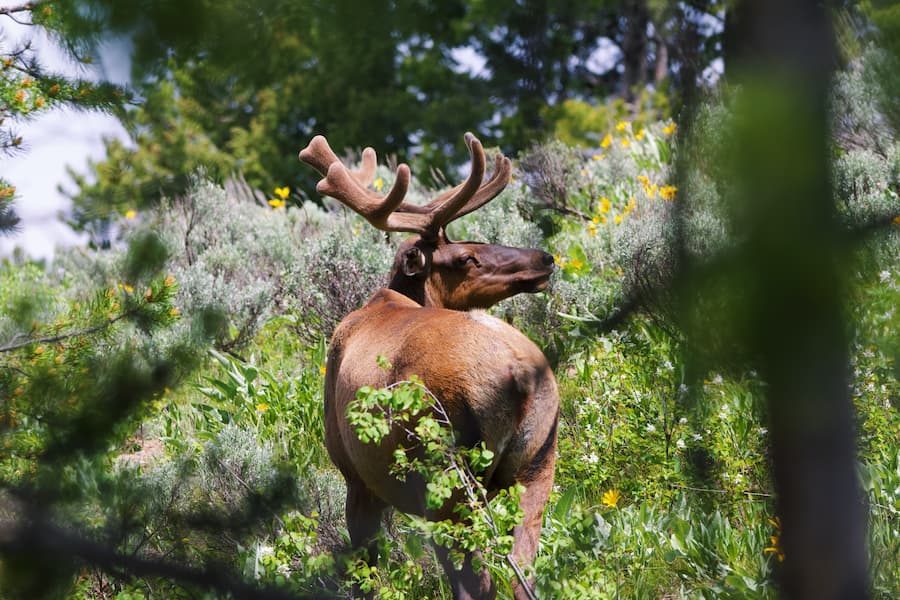
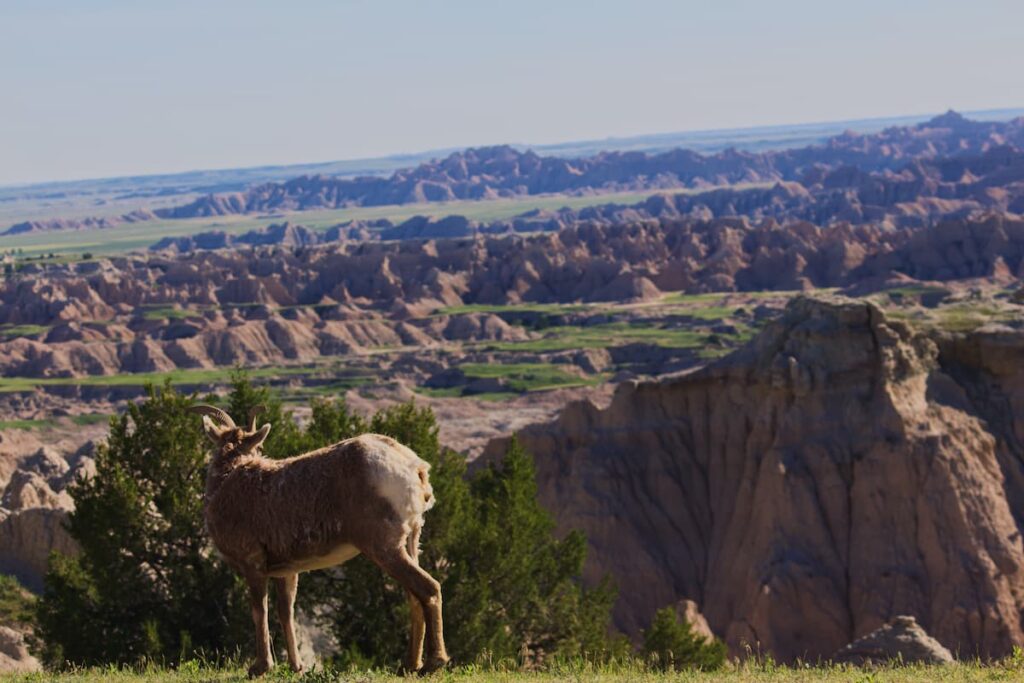
Written by Kami Grochowski, class of 2025.


